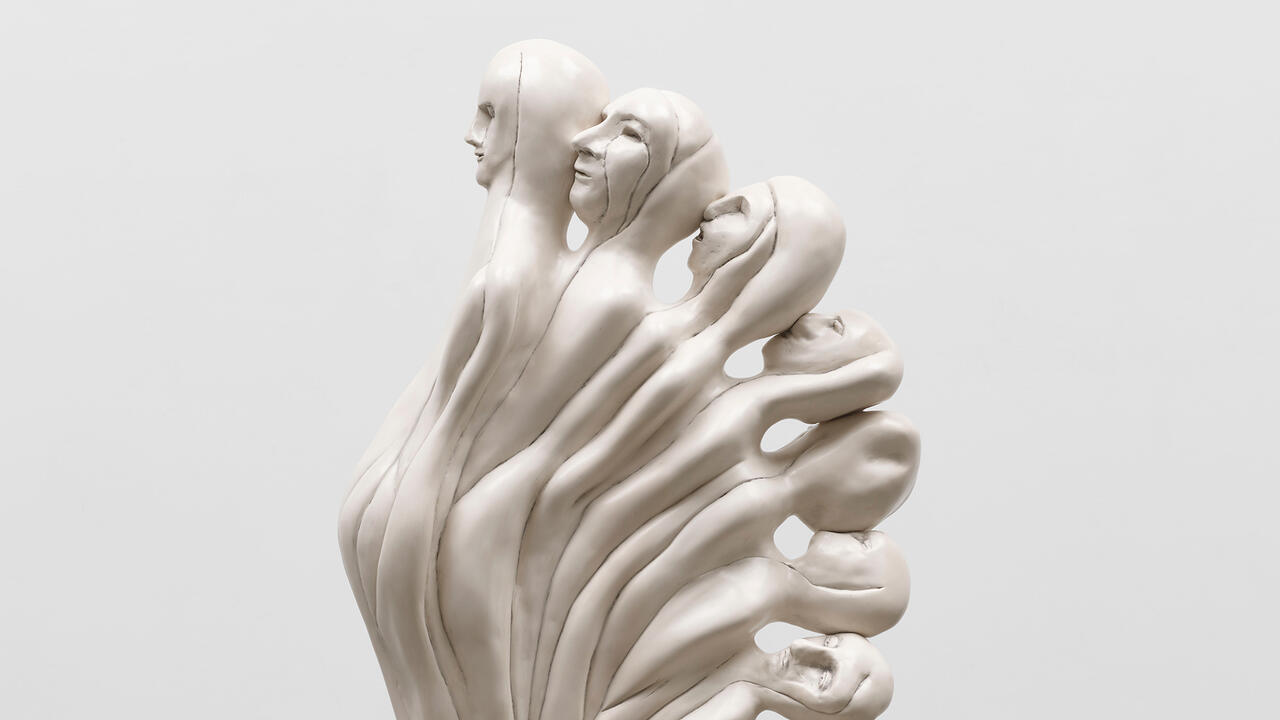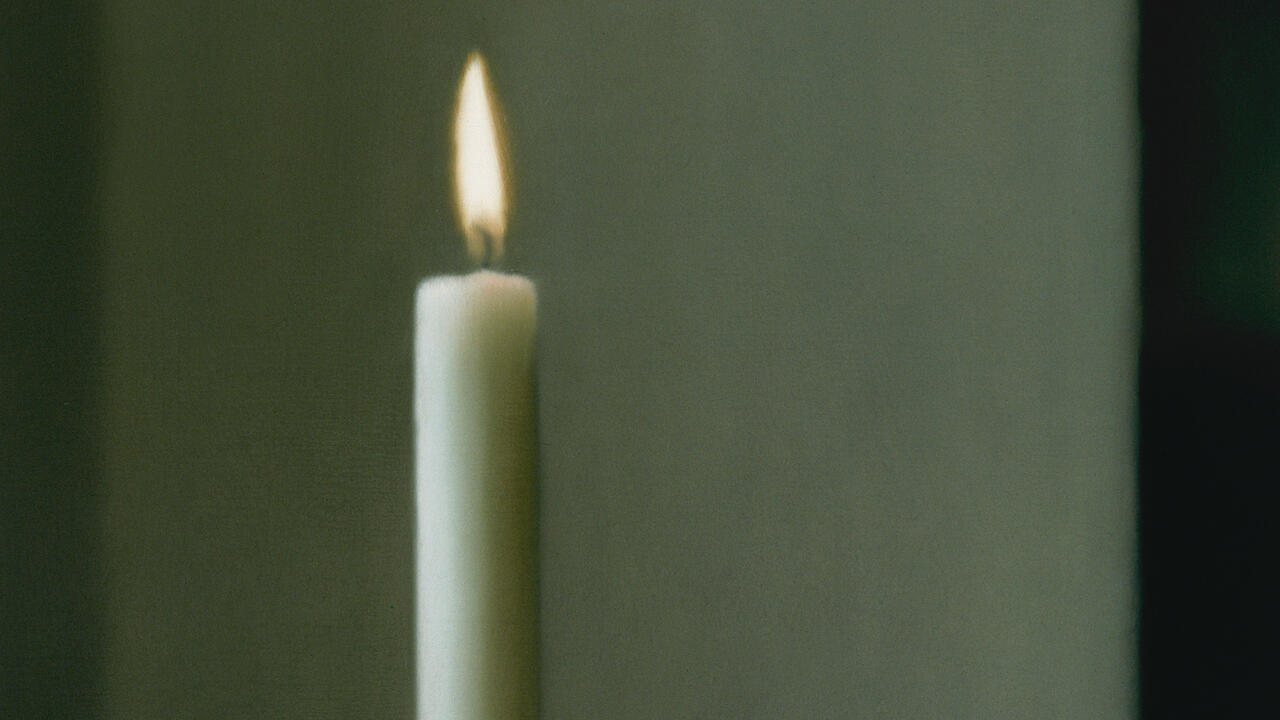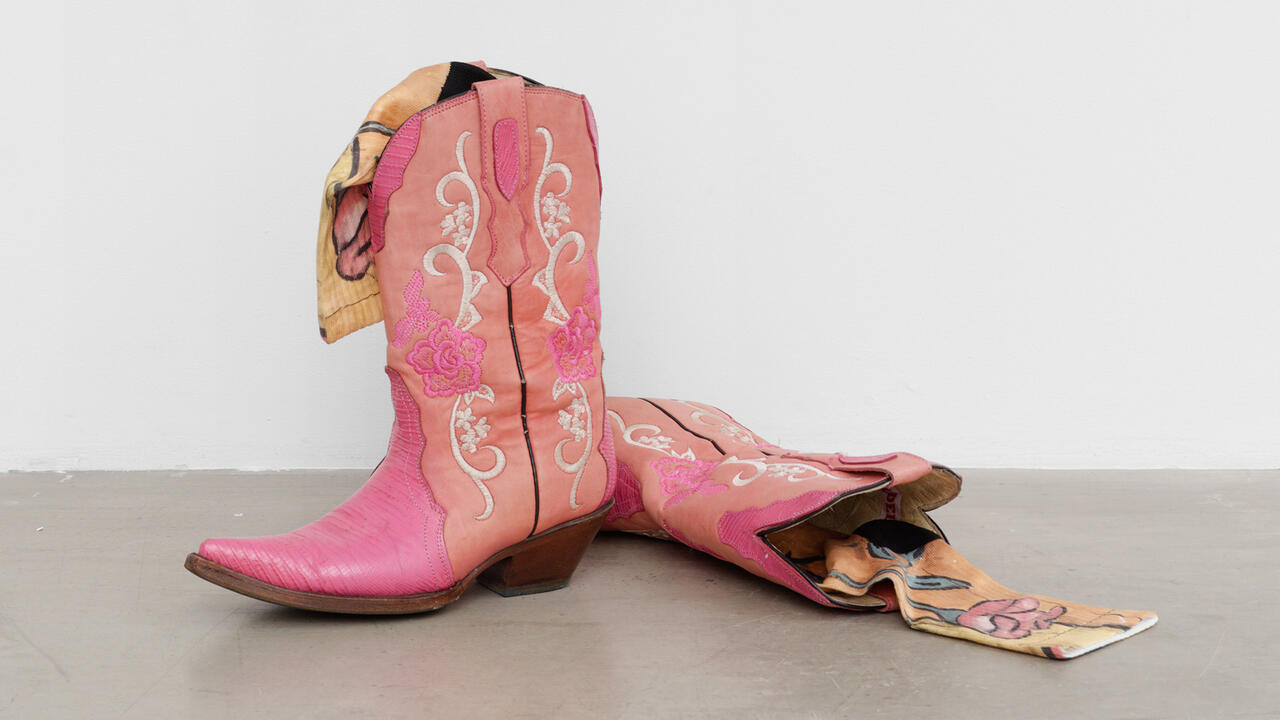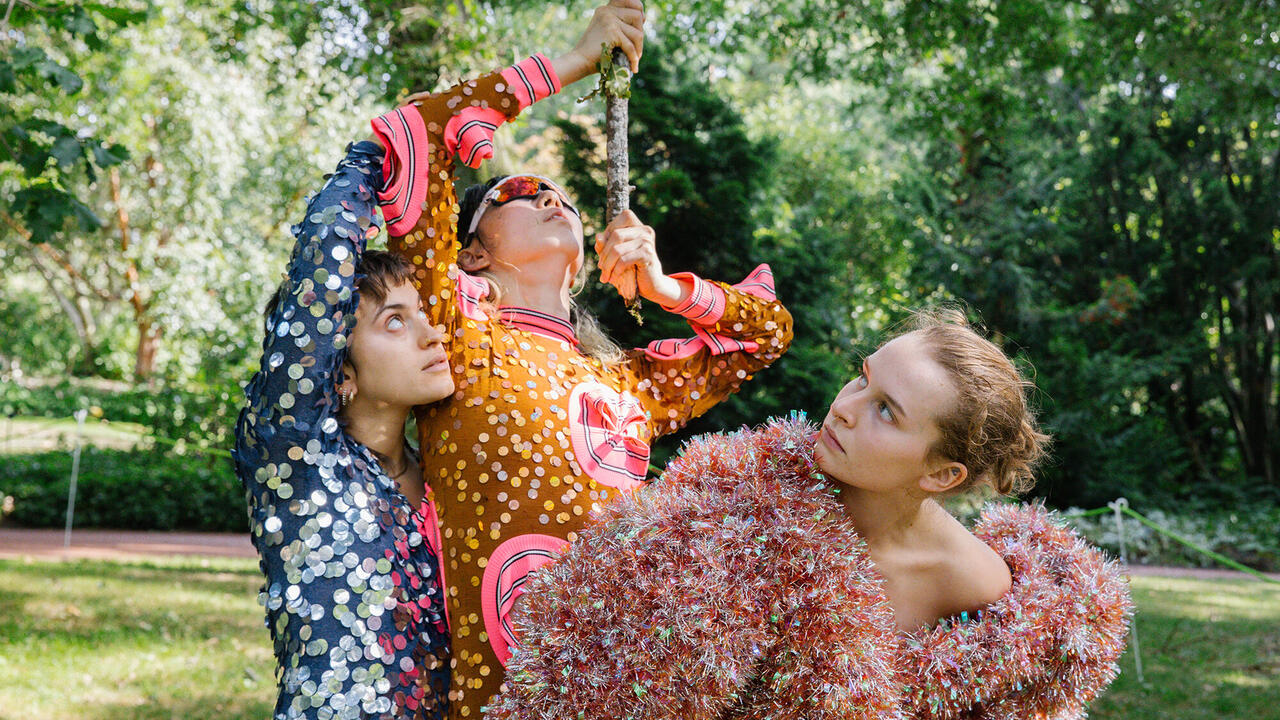Linder
Musée d'Art Moderne de la Ville de Paris, France
Musée d'Art Moderne de la Ville de Paris, France

On the eastbound platform of the Parisian Métro station Alma-Marceau this April, an advertising poster displayed a photo of a naked woman coyly crossing her legs, with only a €500 handbag to preserve her modesty. On the right side of the poster, in black marker, someone had written ‘Marre des femmes objets’ (roughly: ‘Fed up with women depicted as objects’). I mention this because, just around the corner from Alma-Marceau, a lavish retrospective of the work of British artist Linder Sterling had opened at the Musée d’Art Moderne de la Ville de Paris with the title ‘Femme/Objet’. This photograph was exactly the sort of image – commercial, but at the same time thoroughly implicated in the codes and gestures of pornography – that Linder would use in one of her collages. Except she probably would have covered the handbag with a massive, garishly lit picture of a cream-filled bun.
If you don’t already know Linder’s name, you have probably seen her work. Living with Howard Devoto in late 1970s Manchester, she designed the sleeve of the first Buzzcocks single, ‘Orgasm Addict’ (1977), and later the cover of the first Magazine album. The original of the former, a high-gloss pornographic image of a woman whose head has been replaced with a steam iron, along with a number of similar (and likewise untitled) domestic cyborgs (their arms and heads replaced with vacuum cleaners, kettles, etc.), were displayed in the exhibition hall entitled ‘Premiers photomontages’ (The First Photomontages). Two years later, Linder would form her own group, Ludus, whose excoriating mix of free-form post-punk and jazz, pop and funk produced two full-length albums as well as a string of singles and EPs, each one adorned with her trademark collages and sketches.
For many contemporary artists who either do or did play in a band (from Mike Kelley to Martin Creed), the temptation on the part of curators tends towards marking a clean separation between the artists’ musical activities and those art works presumed less frivolous. With Linder, no such separation is possible. It is not just that many of her early collages were produced specifically to promote or accompany her music, or that many of the same themes of grotesquery and exploitation pervade both – nor even that the violent collision of seeming opposites that characterizes her collages might serve as an equally apt description of Ludus’s music. What may prove to be one of Linder’s more enduring and influential artistic statements, recognised in this exhibition as a work of performance art whose filmed documentation was exhibited as such, was the stage act for a particular Ludus gig.
On 5 November 1982, the band appeared on stage at The Hacienda in Manchester, with Sterling wearing a bodice made of raw meat. A similar image of a woman clothed in meat appeared on The Undertones’ singles collection of the following year, All Wrapped Up. Canadian sculptor Jana Sterbak’s sewn beef dress, Vanitas: Flesh Dress for an Albino Anorectic, was exhibited at Montreal’s Galerie Rene Boulin in 1987. More recently, Lady Gaga sported a dress made of flank steak designed by Franc Fernandez at the 2010 MTV Video Music Awards. But there is a significant difference between the later outfits and the original: whereas Lady Gaga used only the choicest cuts of prime beef, sourced from some artisanal butcher and chosen for their longevity, Linder merely rummaged in the bins of a local Chinese restaurant and stitched together chicken brains and other even less savoury selections.
For three and a half decades now, Linder has been cutting and sticking images of flesh and other comestibles, pushing the speculative identity of pornographic and commercial images to their gruesome limits. While her methods may have become more refined over the years (working increasingly with negatives bought from vintage shoots), the basic ingredients of her work have remained remarkably consistent: the cakes, flowers and outsized lips which variously adorn and deform her nudes can be found from her earliest pieces to her most recent. What perhaps has changed is pornography itself, becoming ever more the abject parody of itself presented in Linder’s collages. What, for instance, in a work like Sehnsucht (Longing, 2011) – for which the artist returned to her old modus operandi of working directly on contemporary store-bought jazz magazines – is the more surreal, the more horrifying: the lipstick and the car imposed by the artist or the bizarre suction device applied to the model’s breasts in the original image? Do we somehow need the former in order to see the sickness of the latter?
Punk has often been accused of appropriating Situationist tropes and techniques for narrow commercial gains, depoliticizing its détournements and paving the way for the post-MTV explosion of collage in advertising. In focusing the Situationist critique upon the spectacular appropriation of women’s bodies, Linder’s photomontages, on the contrary, expose what was arguably one of the political blind spots of the original Situationist International and, in so doing, further radicalize and extend that critique. If today Linder might sit comfortably between the Pop of Eduardo Paolozzi (the red rose over Paul McCartney’s mouth on his cover for the 1973 album, Red Rose Speedway, for instance, is an astonishing and unexpected anticipation) and contemporary collagists like Barbara Breitenfellner, it was apt that the event of her first retrospective at so august an institution as the Musée d’Art Moderne recalled her in filth and in fury. ‘Femme/Objet’ was a feast of bile and vitriol.






















